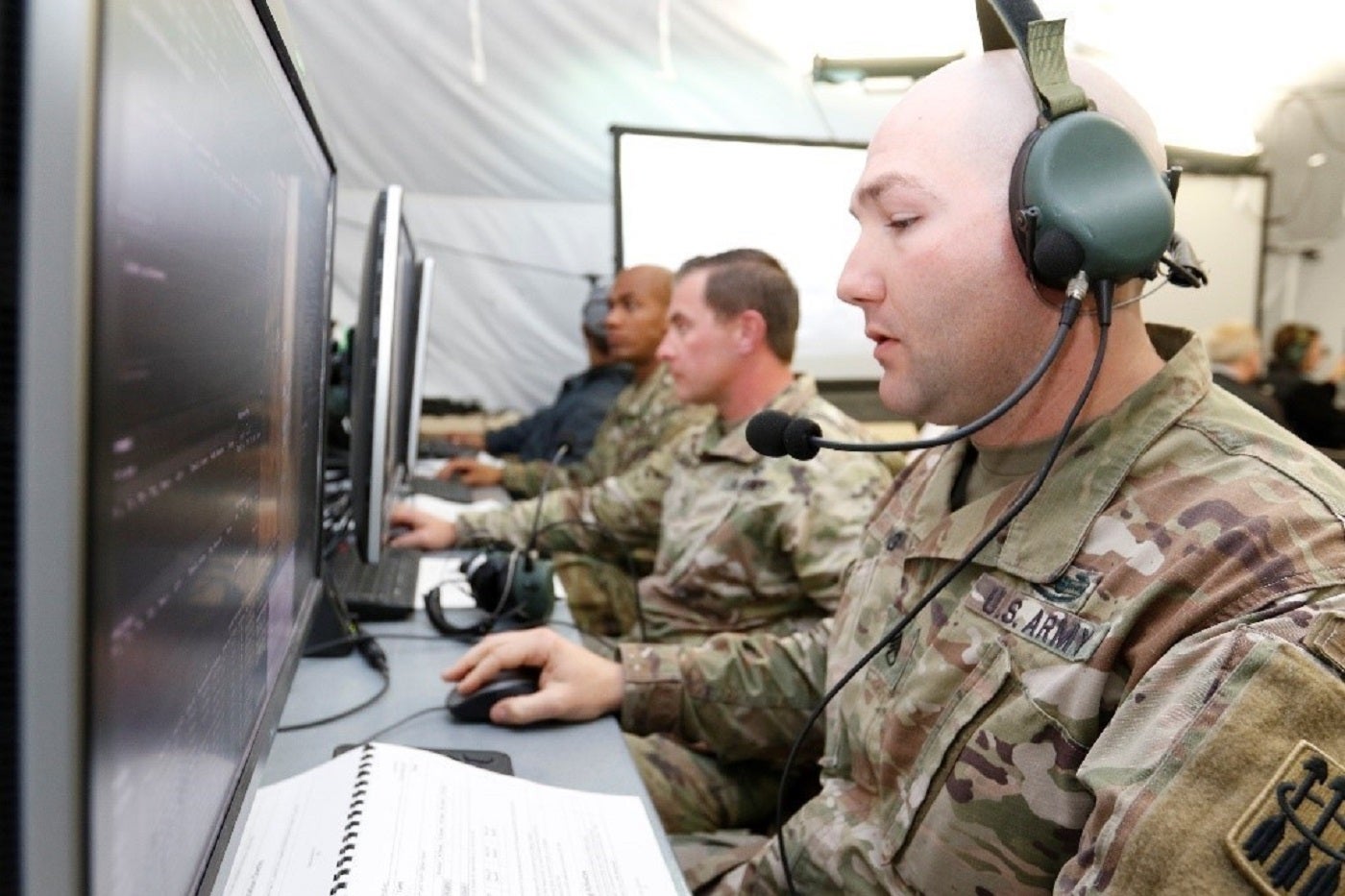
Northrop Grumman Corporation’s Integrated Battle Command System (IBCS) has recently proven its mettle in a series of homeland defence simulations, expanding its role from air and missile defence to protecting the National Capital region.
These demonstrations highlight the system’s adaptability, open architecture, and role in the future of US and allied capabilities.
In evolving technical capabilities, Northrop Grumman’s Integrated Battle Command System has emerged triumphant in defending the National Capital Region against simulated cruise missile attacks and compromised aircraft.
This expansion builds upon testing confirming its ability to protect the warfighter effectively.
During the initial demonstrations, IBCS demonstrated its open architecture by integrating existing Army and Air Force sensors and effectors, including Sentinel, Avenger, and the National Advanced Surface-to-Air Missile System.
In the concluding demonstration, soldiers from the 263rd Air and Missile Defense Command harnessed IBCS and the joint track management capability to integrate Navy sensor data, expanding the defended area across the National Capital Region.
These demonstrations further validate its ability to unite sensors and shooters, enabling informed decisions to outpace and defeat complex threats.
Rebecca Torzone, Vice President and General Manager of Combat Systems and Mission Readiness at Northrop Grumman, expressed her confidence in the battle command system, stating, “IBCS is continuously showing its ability to unify all available sensors and shooters.
Through the recent National Capital Region demonstrations, IBCS proved its capabilities in providing homeland defence against cruise missiles and other aerial threats. IBCS is ready now to take on tomorrow’s threats.”
IBCS in detail
The Integrated Battle Command System (IBCS) represents a command control system that integrates current and future assets across the battlespace, regardless of source, service, or domain. Its modular, open, and scalable architecture provides warfighters by fusing sensor data into a single, actionable picture of the entire battlespace, facilitating informed decisions for optimising shooter capabilities.
This extended battlespace offers warfighters more time to make decisions on defeating threats. IBCS supports a multi-domain future and ongoing modernisation efforts for US and Allied capabilities.
In 2022, Northrop Grumman won a $1bn contract to produce, field, and provide engineering support for the IBCS for the US Army.
Becoming the first international partner country to buy the IBCS, Northop Grumman delivered critical components of Poland’s WISŁA medium-range air defence programme this year, bringing the Integrated Battle Command System (IBCS) closer to full fielding.







